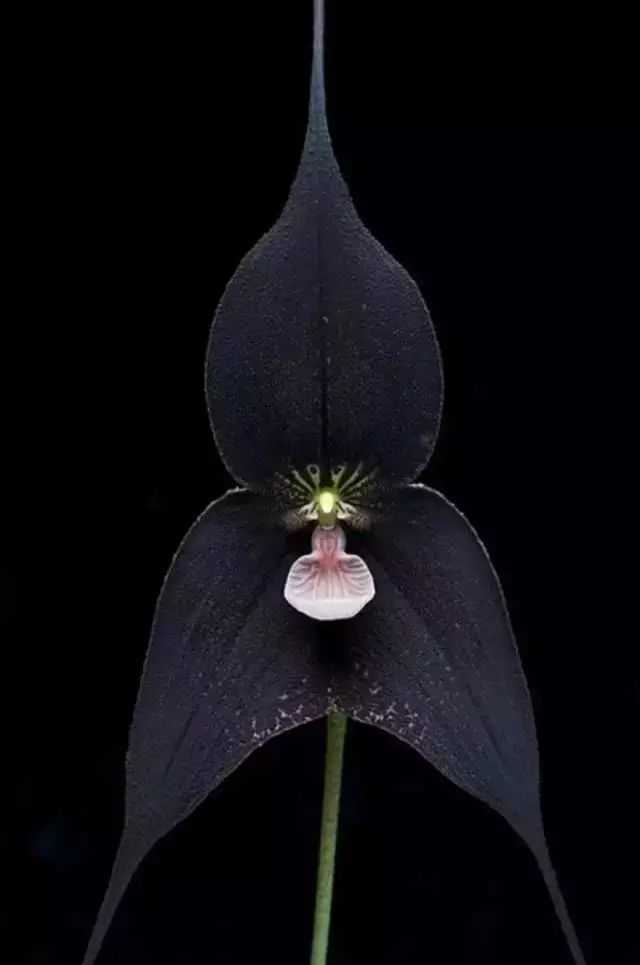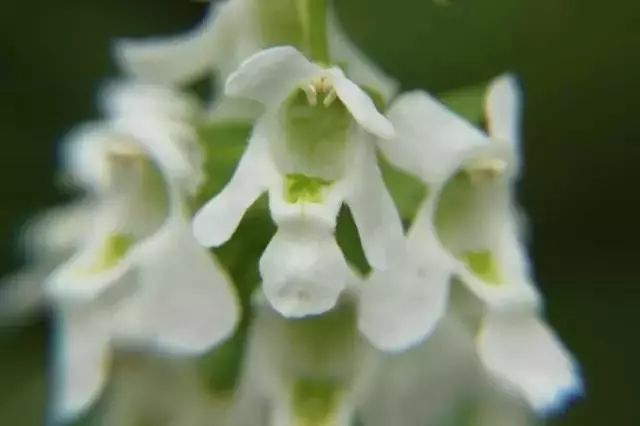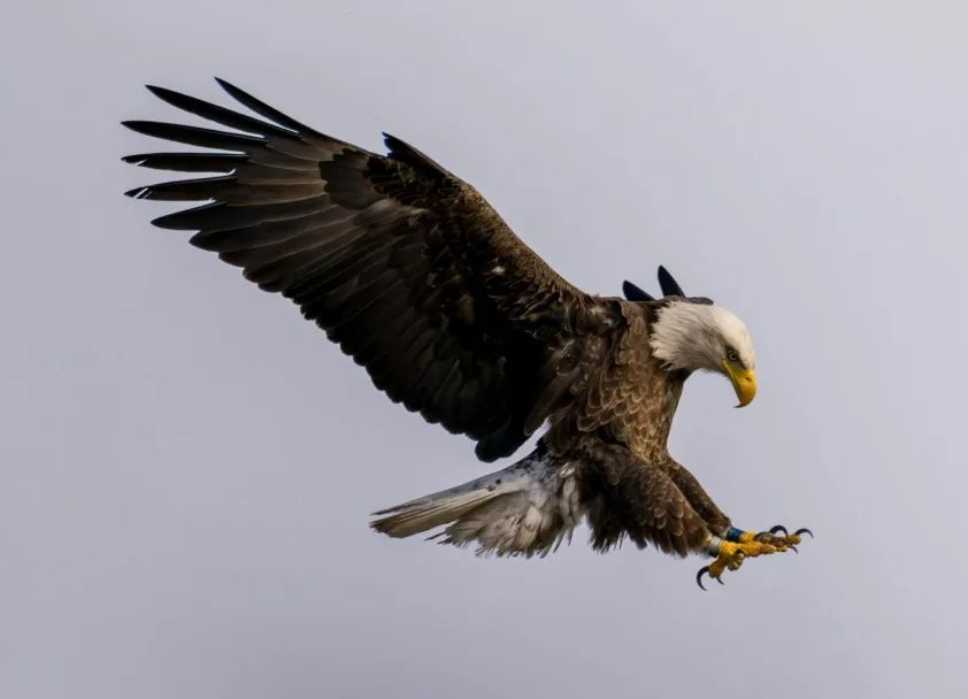Intriguing Dracula Orchids: Nature's Bizarre and Beautiful CreationsDracula orchids, belonging to the orchidaceae family, are a fascinating group of plants that have captivated the attention of botanists and plant enthusiasts alike. These unique orchids are native to the Americas, with a significant concentration found in Ecuador and Colombia.
June 16, 2025, 2:56 pm EDT
Intriguing Dracula Orchids: Nature's Bizarre and Beautiful Creations

Source: Images from the Internet, if there is any infringement, please contact the removal of









